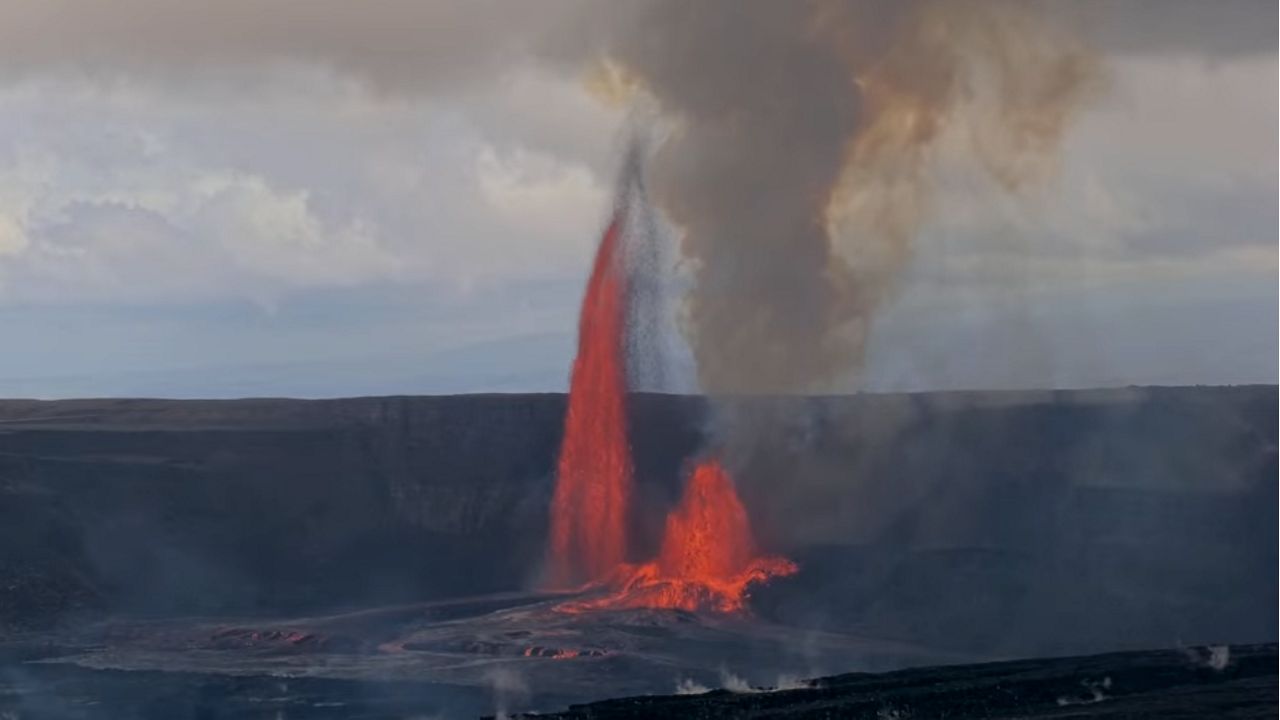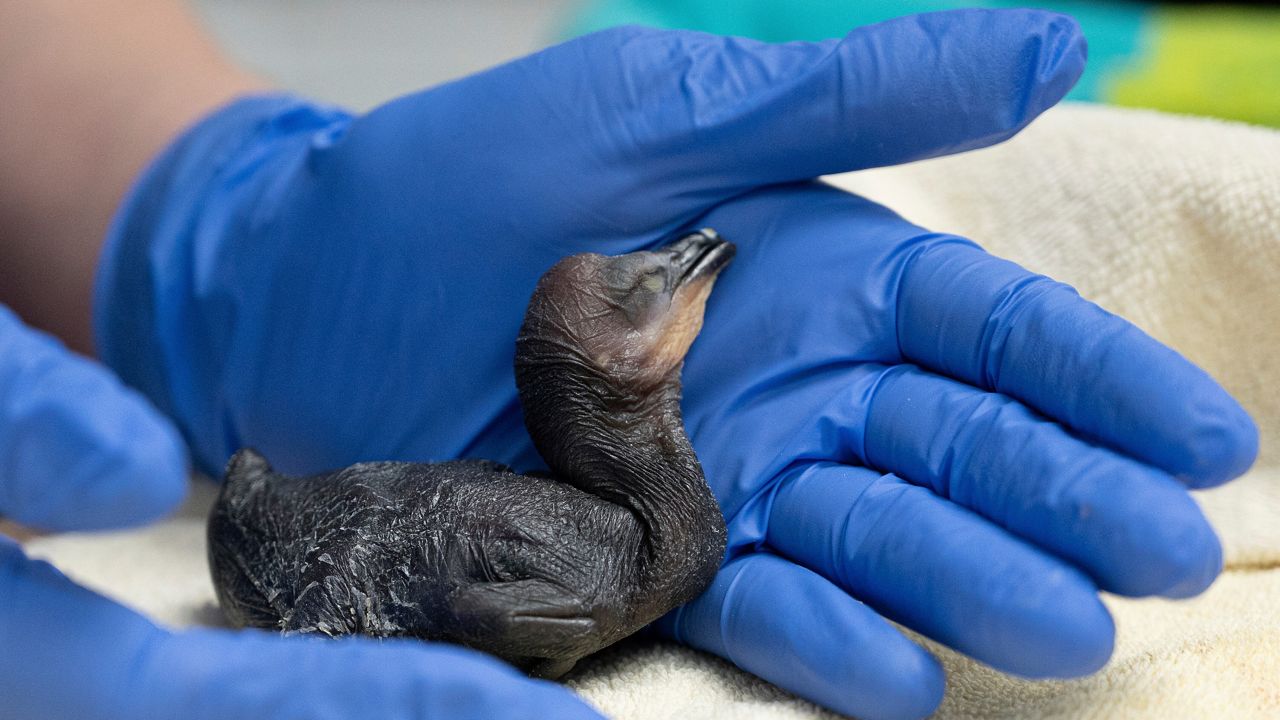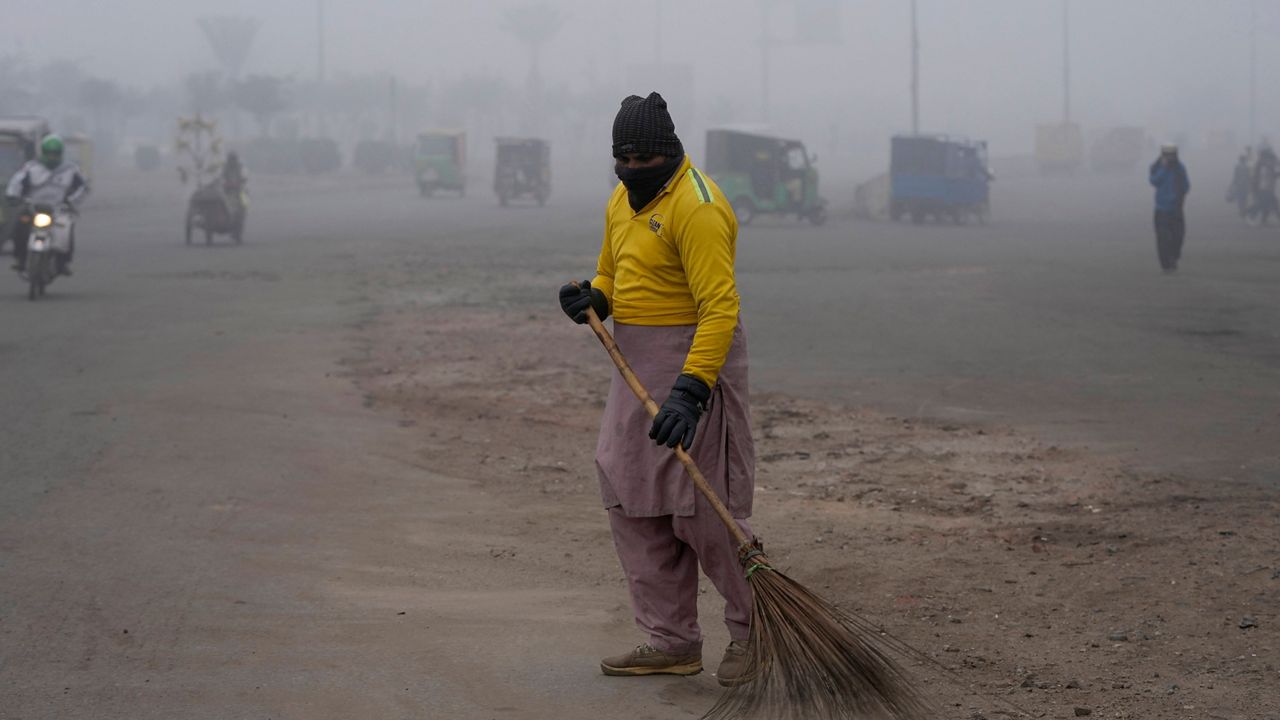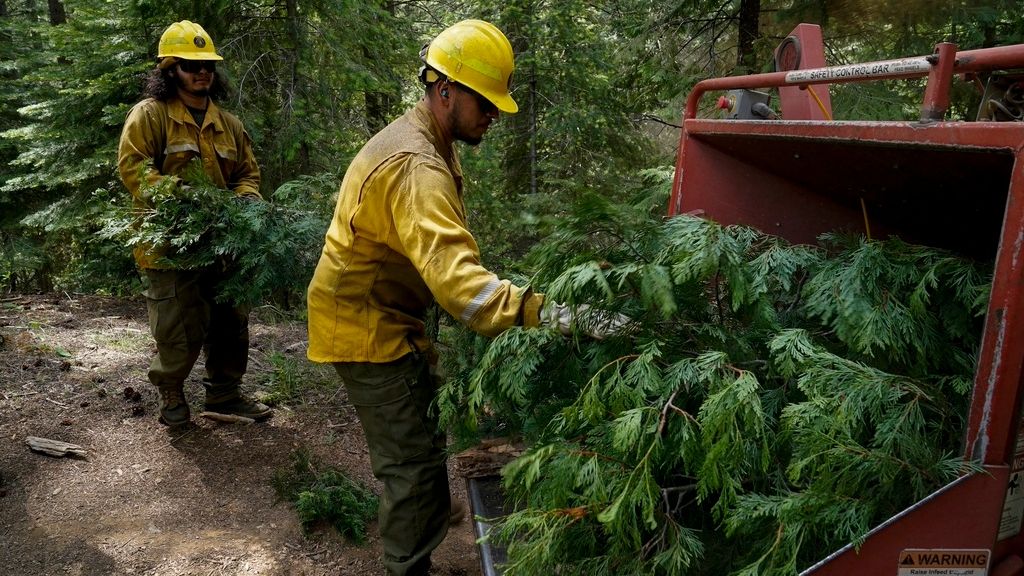LOS ANGELES — No one needs to tell Rachel Norton to stop and smell the flowers.
“We’ve got some pollinators working,” she said while using her phone to snap a closeup of some wildflowers at Baldwin Hills Scenic Overlook.
As executive director of the California State Parks Foundation, Norton knows just how vital a dose of nature is, with state parks often providing an oasis from city life.
“They're incredibly important,” she gushed. “Parks sometimes make urban life more bearable, right?”
Nature encourages us to be in the moment, and at the moment Norton is very concerned about climate change — something she insists is not some far future threat.
“We're living it now,” she stated. “I mean, you know, I grew up in California. We just did not have the fire events, the heat events, the storm events that we're seeing on a regular basis now.”
It is why the nonprofit she leads has compiled a 70-page report entitled Building a Climate-Resilient California State Park System. The report details the myriad of dangers facing our state parks, from the impact of increasingly frequent and intense wildfires on our forests to the threat of sea level rise along the California coastline — 25% of which is managed by state parks.
“What we saw up north at Seacliff State Beach just this last January,” Norton said, citing one example. “The whole beach was pretty much destroyed.”
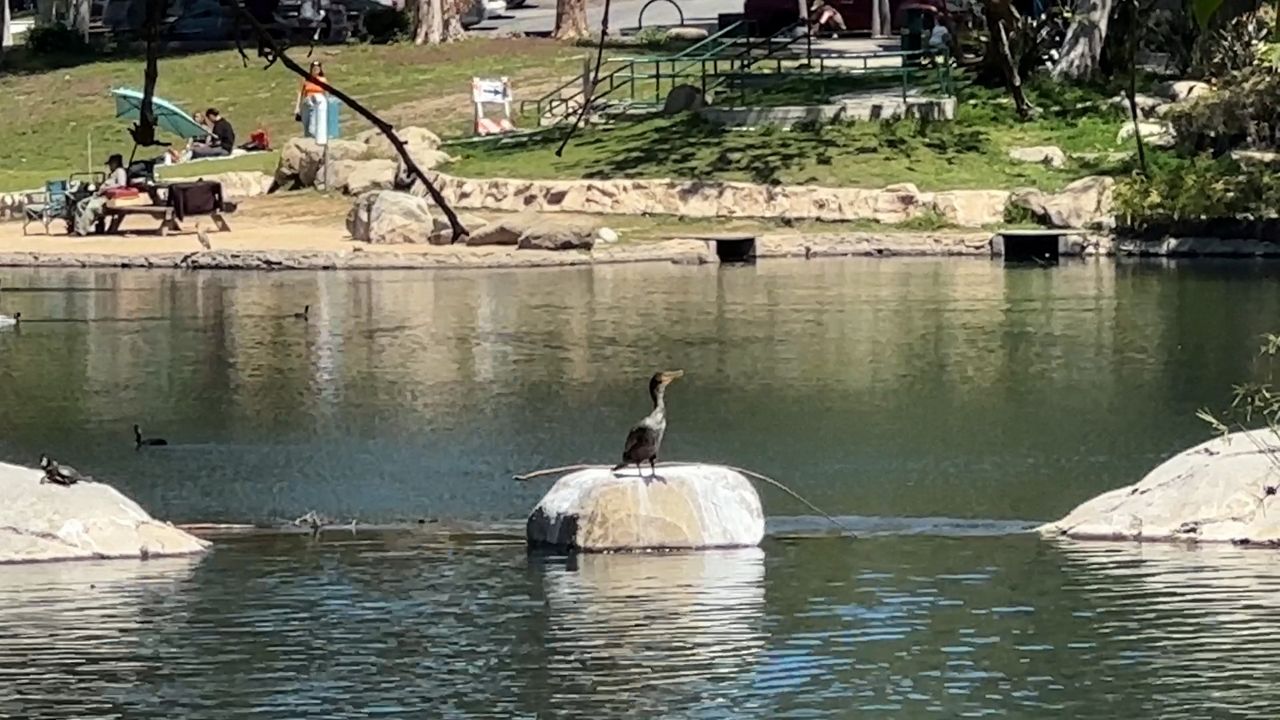
It’s a dire prediction recently, researchers with the U. S. Geological Survey warn that by 2100, up to 75% of California’s beaches may be gone due to sea level rise. But Norton believes it’s a fate we can still avoid.
“There's a lot of projects that state parks can do… for our all important California coast,” she said. “Nature based solutions like living shorelines. You know, re-engineer some of those coastal beaches so that they still provide access and recreation, but also can blunt some of the force of incoming waves during storms and a rising sea.”
In addition to putting forth a number of suggestions for countering specific climate-related concerns, the report details a number of recommendations for keeping state parks healthy and robust. Among them, acquiring more land.
Daniel Hernandez works with the Baldwin Hills and Urban Watersheds Conservancy, which is dedicated to acquiring, expanding and managing public lands for recreation and to preserve wildlife habitat. Growing up in South Central LA, nature, he said, was a foreign concept.
“I didn't know what a free-flowing river was until I went to university at Cal Poly Humboldt,” he admitted.
He quickly fell in love with the outdoors and became an avid cyclist. Then in 2020, he was struck by a car while riding in LA. He suffered serious injuries and faced a very long recovery.
“I’m very fortunate to be alive,” he said. “But it helps to actually make me a strong advocate for infrastructure, be it for specific connectivity and access, but in particular for our changing climate.”
Hernandez works with local nonprofits like Climate Resolve, helping fund their efforts to transform parks into climate sanctuaries. Natalie Hernandez (no relation) says her group worked with community members to find out what a climate resilient park looked like for them.
“Hydration stations, shade structures, cool pavement,” she said, listing the amenities park-goers named. “They may not have air conditioning in their home. They're coming to the park space as a place of refuge.”
She said it’s important that everyone from larger nonprofit organizations to local volunteers and nature stewards get a seat at the table when the topic of climate resilience is being discussed. “Because they're the ones that sometimes know the community the most,” she said.
The bottom line, Norton said, is that while parks face threats from climate change, they are also part of our best defense. Forests store carbon from the air and we’ll need tree shade even more as temperatures rise. Open spaces protect and support native species, like those busy pollinators she observed, and urban parks provide relief from heat islands. Looking around, Norton sees the opportunity, but she also wants to sound the alarm.
“We have a big job ahead of us and it's an urgent job,” she explained. “It's about doing what we can right now to manage the threat and adapt to the threat. And the sooner we start, the more ahead we're going to be.”
It will take determination and dollars, but she’s hopeful these parks and then some will be around for generation to enjoy.







